Anatomy of a Character - Nightcrawler
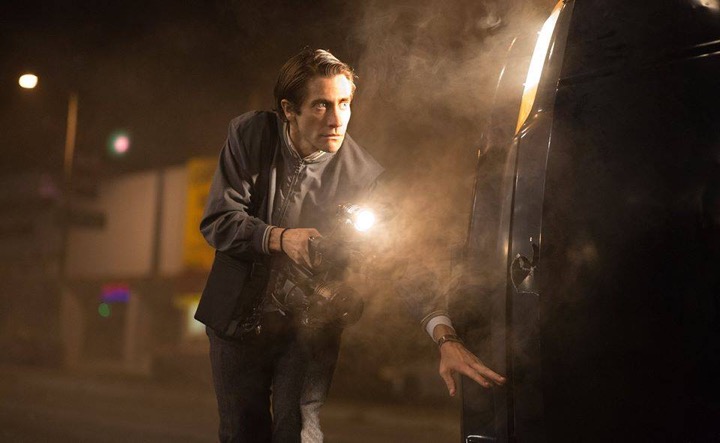
It is hard to describe what “creepiness” is, the feeling of existential dread that it fosters deep within you, an inability to look away in fear of what might happen if you do, an uncertainty of what exactly is going on. And it’s a feeling that the oddly stoic Gyllenhaal nails to a T with the character of Lou Bloom. From the moment that he is introduced until the credits roll, he demands your attention, much in the same way as a wild animal or poisonous insect, calmly watching you back, his wide eyes searching for weakness.
From the moment that he is introduced to us, we watch him try to approximate normal human behavior. Behind his smiling mask, there is an anger simmering just below the surface. But the scariest part about him is not this rage. It is that this anger might just be another mask, trying to pass for normal human emotions.
Anatomy of a Film - Inglourious Basterds
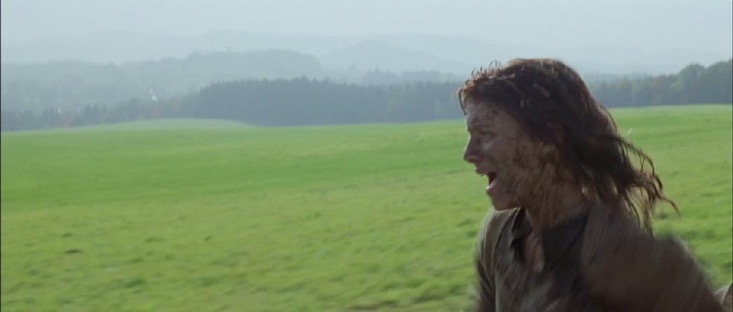
Chapter One
Once upon a time…
In Nazi occupied France
Colonel Hans Landa cuts quite the figure. Decked out in the all black SS uniform, bright, white smile plastered across his face, from the very moment that he steps on screen, he makes you uncomfortable. Not only is the seemingly cheerful man a Nazi; an officer in the Schutzstaffel, but there is just something bout his mannerisms that seem off, manufactured in a German lab as a facsimile of a friend, designed to put you ill at ease in whatever situation you find him. He takes pride in his gruesome, genocidal work, treats it like his own little game, an intriguing puzzle for him to solve. As he tinkers with his victims, the only prize that awaits them is death, to be meted out at his absolute discretion.
To him, this day on the farm where the film opens is just another in a long line of brain benders, but to the family that he is interrogating, it is the worst day of their lives. Perrier La Padite is a simple, hard working man. He has a beautiful family, an idyllic dairy farm situated in the rolling hills of France. It is almost picturesque, greenery stretching through the background as the jolly Landa strolls up, a wide grin tearing across his face, with the quiet mask of Perrier across from him. We can see the joy that he takes in his work, and the horror that everyone else sees it as.
Anatomy of a Scene - The Babadook
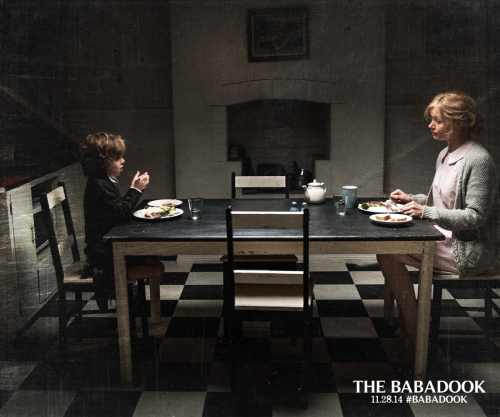
A long time theme of horror has been that the real fears do not come from the disgusting monster or the axe-wielding maniacs, but from human beings. It is the drive behind zombies, behind Michael Myers, behind vampires. In The Babadook, they take this and distill it, examining one woman and her son as they struggle with a specter that is haunting their lives. But the threat here is not a tall, scary man in black coat, but in what this man actually stands for: Amelia’s grief over the death of her husband and how she refuses to face it.
It starts as something much closer to a standard horror movie. We see a flashback of her husband’s death before we are thrust into the everyday life of Amelia and Samuel. He’s hyperactive and inventive and she is simply exhausted by it. But then one day, they find a book: Mister Babadook
“If it’s in a word
Or if it’s in a book
You can’t get rid
of the Babadook.”
Then these two start being haunted by this terrifying presence. It tortures them, forces Amelia to do horrible things. To kill her dog, to hurt her son, before it is finally beaten back. “She faces it down in her bedroom, house quivering with the force of the confrontation between them.
Anatomy of a Scene - It Follows
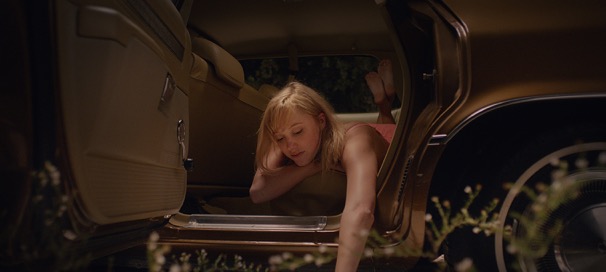
Something is following you. Hunting you. Heading in a straight line for you at every single moment of your life, awake or asleep. It can take the form of anyone, whether that be a stranger or someone you love. It wants to kill you, but it also wants to hurt you in the process, and this haunting presence is always lurking at the back of our minds, behind every corner or walking extra.
Anatomy of a Scene - The Matrix
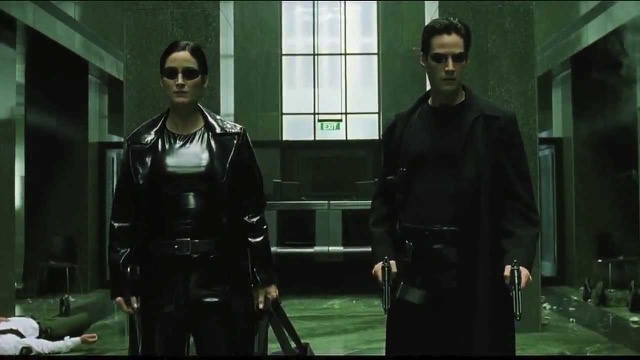
It is harder than you might think to make a great action scene. But it isn’t that hard to make a good one. Just get an engaging actor, give them a big gun, and a crowd full of goons to let loose upon. A scene like this is entirely serviceable, but many directors try to make it more complex by incorporating too many characters, with too confusing of action, and all of a sudden, you don’t know what is going on anymore. What was once a good action scene has become terrible. A good scene needs to remain clear, no matter what. You should be able to identify the positions of characters and how they are moving through the world, without unnecessary establishing shots bogging it down, all while remaining compelling and heart pumping.
Anatomy of a Scene - Dredd
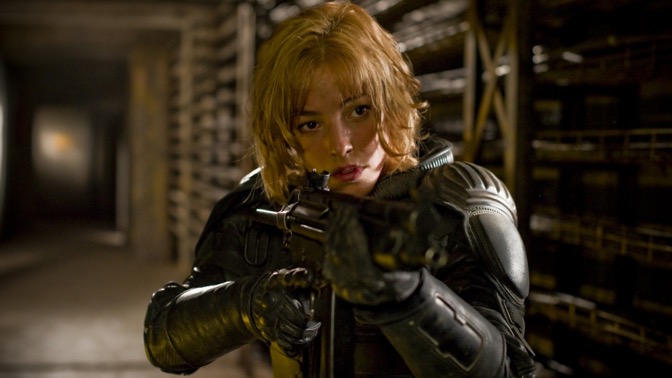
Violence can be abrupt, and horrible, and graphic, but at the same time, it can be oddly beautiful. 2012’s Dredd adds its own take on the action genre through its highly-stylized depiction of violence that is at once horrific yet also strangely beautiful. The titular Dredd is taking along a new recruit onto a mission for her to prove herself before she is otherwise forced out of the judge’s academy. She is our surrogate throughout the film, the naïve lens through which we can start to interpret the horrors that we see.
Anatomy of a Scene - Alien
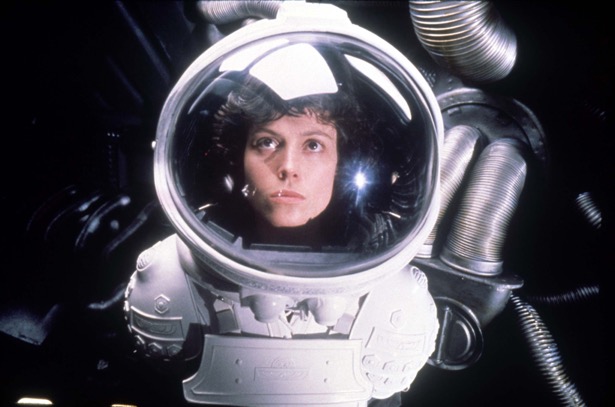
Alien has changed so much as a franchise since it was first made. It went from science fiction horror to action to crossover monster battles. But it all started with this, a few people trapped on a ship with their worst nightmare. When we talk about horror, we speak a lot to tension, that feeling of building unease that makes us worry about what is coming next. More importantly, it makes us almost beg for it to happen. Alien begins with almost an hour of it, moodily piling on the tension before taking it away all at once.
Anatomy of a Scene - Chef
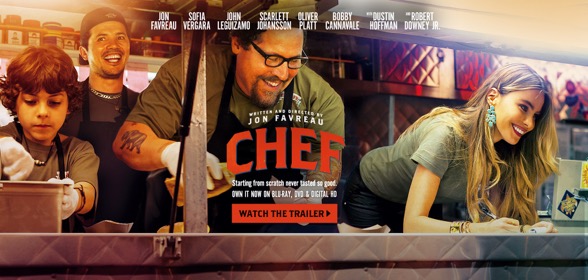
Sensuality is a difficult thing to portray. Making a man like Jon Favreau sexy is only adds onto the challenge. He falls well outside the lines of “conventional” good looks, especially those of Hollywood’s masculine ideals. But the scene where he cooks for Scarlett Johansson in his apartment is as sexy as any we’ve seen. It combines light and playful shots with loving attention to detail to bring you a veritable feast for the senses: aural, visual, and more, as you can almost smell and taste the pasta that he makes for her. It is a scene about simplicity in many ways, in the midst of a turning point for his character, foreshadowing the rest of the film, and perfectly encapsulating his passion as a chef.
Anatomy of a Scene - Heat

Characterization through action is what defines film. “Show, don’t tell” is the mantra repeated to writers across the world, yet it is rare that we actually see it done well. Heat takes this to heart, and the first time that we see our cast of ne’er-do-wells assembled together on screen, we instantly get a sense for who they are, the relationships they have with each other, and the direction the film is headed in. They do this with a combination of action and horror to create a sense of dark foreboding around the group of men.
Anatomy of a Scene - The Assassination of Jesse James by the Coward Robert Ford

When a movie tells you how it is going to end, you know as a member of the audience that the ending matters less than the journey to get there. And over the years it has become almost a trope, where a movie opens with the main character in a very bad situation, before flashing back to find out how they got there, then promptly letting them escape. But then there are movies like this one, where they don’t engage in the trope. Jesse James dies in this movie. We know it from the second we look at the cover or walk into the theater. He is going to die, and we are going to have to watch.
Anatomy of a Scene - No Country for Old Men
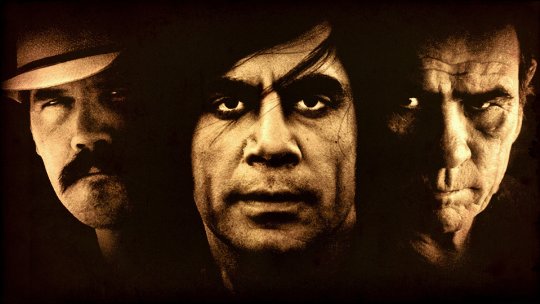
It is rare to see a truly evil character. Films are full of villains, but the truly evil ones are few and far between. Javier Bardem’s Anton Chigurh is one of the rare few that is simply Evil. It isn’t only what he does that makes him evil, but how he does it. His introduction has him being calmly led to a police car and driven to a station, where we watch as he slowly escapes his bonds before wrapping the chain of his handcuffs around the deputy’s throat. There is a look of exhilaration, of excitement on his face as blood begins to spurt from the deputy’s neck, and his boots squeak across the floor. Nothing is said, and the only thing you hear are gasps of exertion and the sound of a man struggling vainly to try to save his life.
Anatomy of a Scene - Foxcatcher
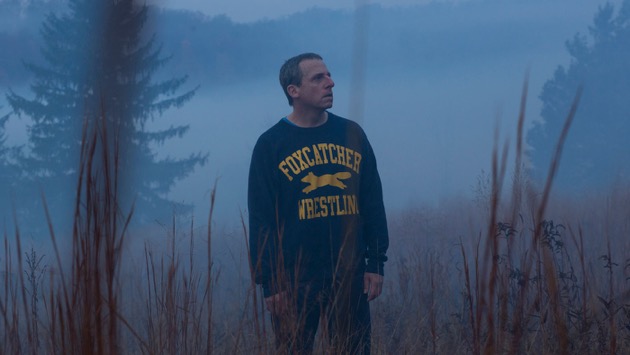
The end of a character’s life is so important. We’ve watched hundreds of heroes die over the years, brought down in the line of duty in a noble sacrifice to save others, gasping out a final message before they finally succumb to mortal wounds. Death in movies is often very clean, very romantic almost in its depiction. But occasionally reality creeps in and death becomes something ugly. In Foxcatcher, we watch the descent of two men into shadows of their former selves. Promising Olympic wrestler Mark Schultz who will do anything to win, and enigmatic millionaire John DuPont, a man who has everything he could need, but nothing that he wants.
Anatomy of a Character - Pulp Fiction
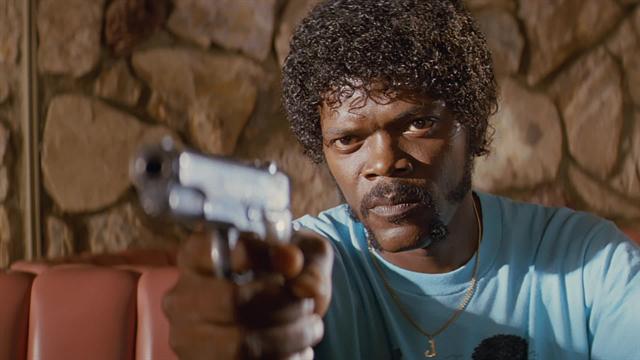
Repetition is a powerful thing, and showing cycles can lead to powerful implications.
Pulp Fiction is one of my favorite movies of all time. There is something about the characters and dialogue that clicks together and works in a way that many films strive to achieve.it is a set of very strange people all caught up in some of the most eventful and important days of their lives. And in the center of this maelstrom, we have Jules, the fast-talking, bible-quoting, gun-toting hitman with a soft spot for cheeseburgers. In many ways, the entire movie revolves around the character arc of Jules and how he changes throughout the film.
Anatomy of a Scene - Sicario

Sicario might be my favorite film of last year. Excellent cinematography, soundtrack, and story drove the film, backed up by some of the best acting I have seen in a while. Emily Bunt was fantastic as the driven Kate Macy and Josh Brolin was infuriatingly calm as the anonymous CIA agent Matt. But the star of the show for me was Benecio del Toro’s performance as Alejandro, who dominated the screen whenever he entered the frame. Dark, mysterious, aggressive, and caring, he presented an interesting and conflicted character that stayed just mysterious enough for you to want to know more about him.
At the climax of the film we found Alejandro sitting across from the cartel boss, Alarcón, who they have been hunting for the entire movie. Alejandro has snuck into Mexico through a drug tunnel that he assaulted alongside a team of Delta operators, Matt, Kate, and Reggie. He captures a lower level meter of the organization and uses him to sneak into Alarcón’s house, leaving a trail of dead bodies in his wake as he takes a seat at the family’s dinner table.
Anatomy of a Scene - Jarhead
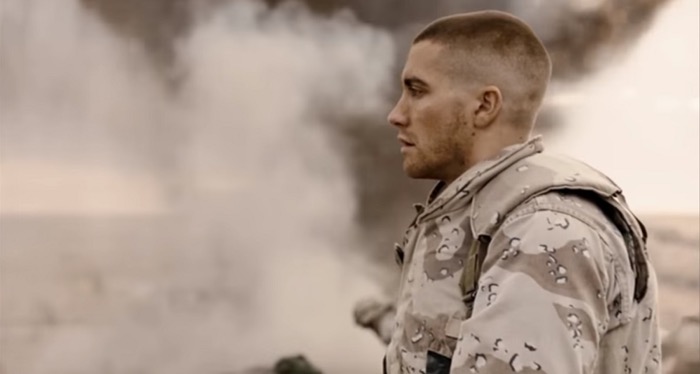
This is my rifle. There are many like it, but this one is mine.
My rifle is my best friend. It is my life. I must master it as I must master my life.
Without me, my rifle is useless. Without my rifle, I am useless.